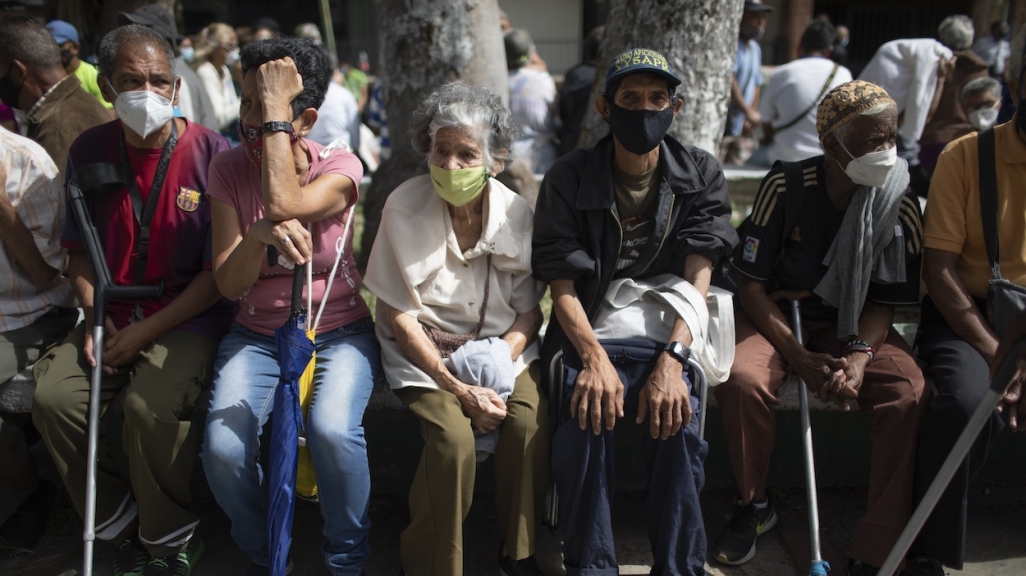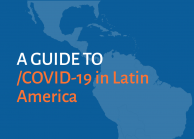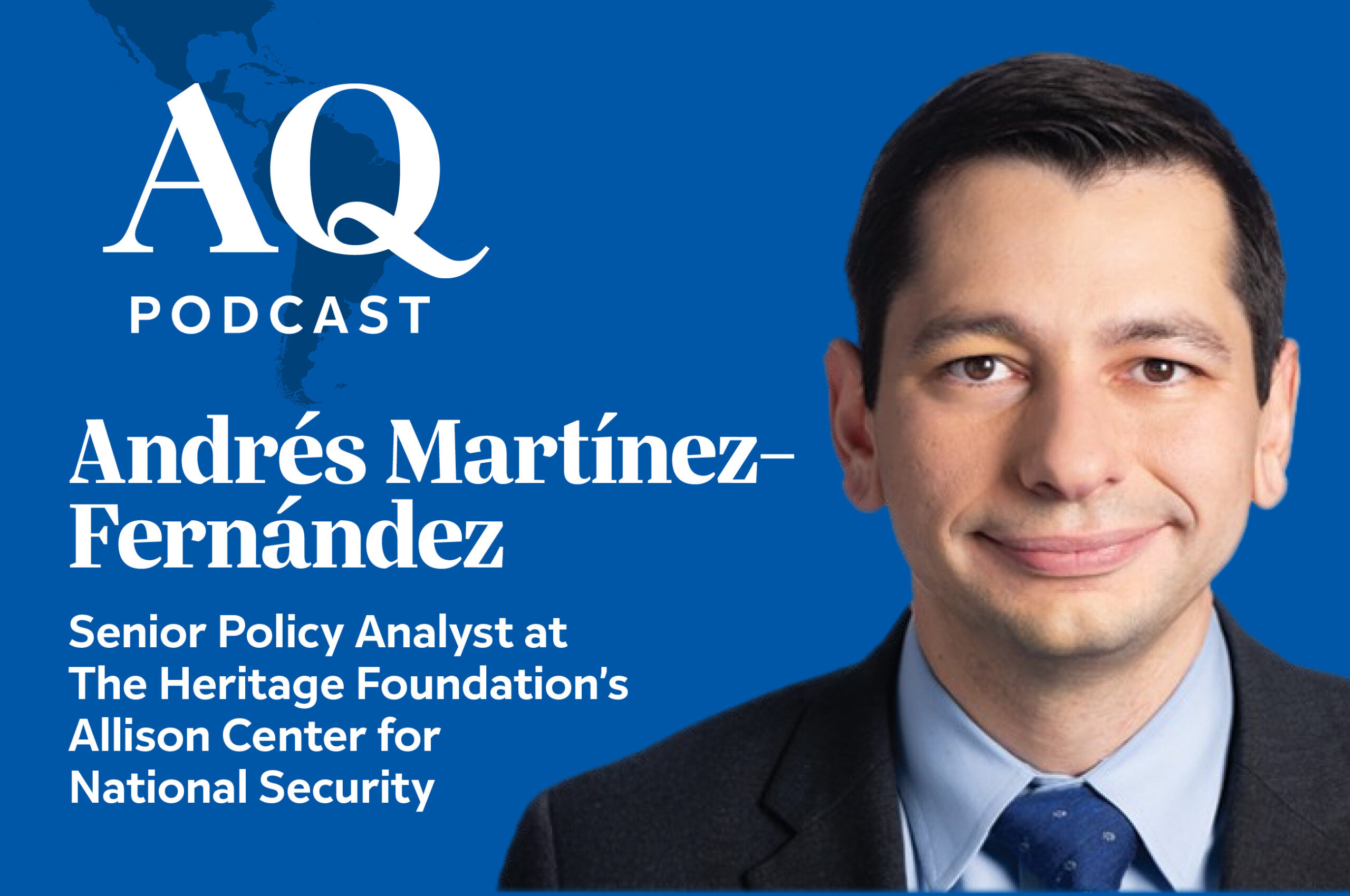Covid Check-in: Venezuelans in the Dark on Vaccines
Covid Check-in: Venezuelans in the Dark on Vaccines
Even with a lack of reliable information, evidence abounds that the Maduro government’s vaccine distribution plan is not just slow—it’s inequitable.
When the pandemic hit, many countries joined Venezuela in its interminable season of crisis. Some countries are climbing out, but the virus and its variants are still running rampant across South America, where new cases per capita were seven times the global average as of June 22. The continent accounts for 5 percent of global population but 25 percent of global deaths from the disease.
In Venezuela, though the Maduro government claims cases are under control with just 2,500 total Covid deaths, health experts say the figure could be up to 20 times higher. Testing is scarce: opposition leader Juan Guaidó’s health officials estimate there are only 600 to 800 tests performed each day in the country of 28 million, and that the country is now confirming more new cases daily than tests performed. For comparison, in neighboring Colombia, which has the world’s fourth-highest new cases per capita rate as it battles a fierce wave, three tests are performed for every new case. Moreover, the infected are often barred from going to the hospital, so they die at home. On June 13, hours before the Venezuelan national men’s soccer team was due to play its Copa América opener against Brazil, 13 players and coaches tested positive.
Get resources on government responses, vaccine rollouts, and health impacts in the region.
AS/COA Online covers major developments and Covid-19 vaccine rollouts as countries strive to return to normalcy.
For ten years, El Chasqui delivered a semi-regular roundup of news—from election coverage to economic issues to start-ups.












